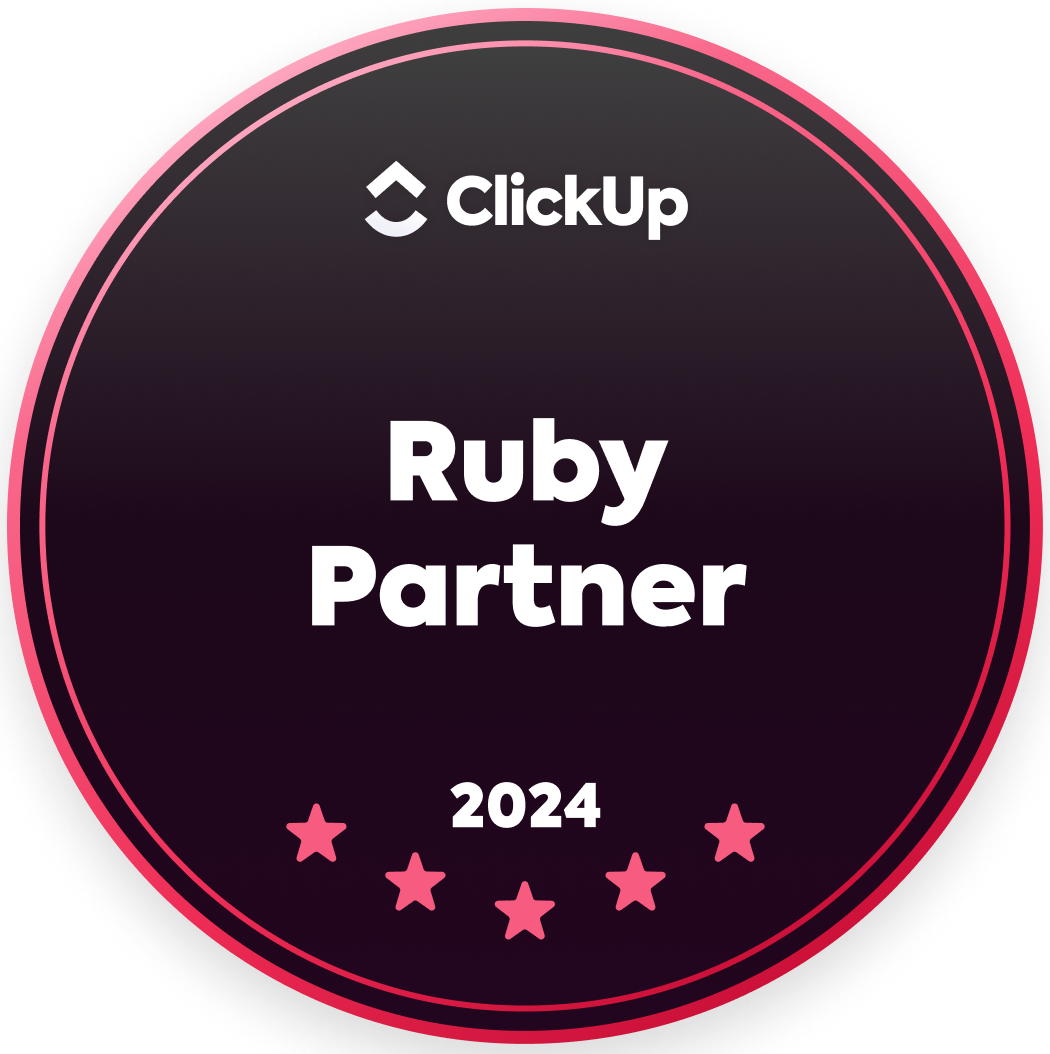|
by Staff Writer Digital transformation is touted as a leading force driving IT and business decisions. Despite the hype, it’s not delivering on the promise. In spite of surging investments, fewer than one-third of digital transformations succeed at improving a company’s performance, according to McKinsey & Company.
Yet the effective employment of digital strategies drives key benefits and across business lines, from improved productivity that fuels innovation to better business insights – but only if you approach digital transformation the right way. It’s not the underlying technology that accounts for the poor performance of so many digital transformation projects. Rather, a lack of organizational readiness is a frequent culprit, including underestimating or not understanding the work and resources required, and factors such as poor data governance and executive cohesion. Here are three key ways to beat the odds and achieve digital transformation success. by Renee Coulombe Digital transformation (DX) is an important step in a company's ability to stay competitive in today’s evolving business landscape. But what exactly is digital transformation?
Some people think digital transformation is providing the newest and most relevant technologies to their employees in order to increase productivity levels. While digital technology is a major part of digital transformation, the concept itself is more complex. by Stephen Danos Across all industries, IT departments provide the essential infrastructure for companies to operate more efficiently and effectively. They often coordinate and implement technology on a tremendous scale and ensure business continuity, from installing hardware upgrades to setting up single sign-on to improve data security. IDC recently reported that when considering a work execution platform, IT departments add adoption criteria that move beyond cost, customer validation, and implementation time. Among these necessary checks are enterprise-grade security, scalability, long-term use, APIs and integrations, and the platform’s access to a partner ecosystem. When stakeholders want to secure buy-in for new SaaS platforms, IT leaders want to outline value added, quantifiable benefits, and understand why stakeholders need the platform in the first place. However, IT teams that use Smartsheet can access several add-ons, templates, and integrations and Connectors that help improve planning, increase throughput, and streamline operations.
IT leaders can see immediate value for numerous team functions such as organizing your IT help desk, implementing software migration plans, tracking unresolved tickets, and developing new software. Smartsheet provides multiple approaches for streamlining existing IT workflows and managing projects with real-time, executive visibility. Here are seven Smartsheet solutions IT teams can use today: by Katie Bouwkamp Welcome to our employee spotlight series, featuring profiles on team members across our Bellevue, Boston, and UK offices. Learn more about the people behind the product and why Smartsheet is recognized as a great place to work! Kara Lumley is a senior product manager working within Smartsheet’s Product Engineering department. Located at the Bellevue, WA office, she’s worked at Smartsheet for just over six and a half years. Kara was one of Smartsheet’s first 40 employees, starting out on the Support team, then transitioned to be a Customer Success Manager (CSM), and eventually moved to Product Management.
by Kelly Anthony Which are the best tools for enterprise collaboration? The ones that employees will use, of course … But also the ones that have the strength required by IT.
What today’s organizations need are collaboration tools that first deliver an easy, intuitive, and flexible experience for users. But beyond that user experience the tool must offer robust security, administration controls, and integration with other enterprise applications. How do you find the best collaboration tools for your organization? Start with a bottoms-up look at what has already been adopted by individual teams. by Staff Writer Change is hard – which is why managing shifts within the enterprise has evolved into a discipline in its own right. Change management refers to strategies and processes to support individuals as they navigate and adopt organizational changes, whether that’s expanding into new product lines or adopting a new technological platform.
While experts have been studying the best methods of effectively driving change since at least the 1940s, a recent study suggests that the most effective way to speed adoption in the face of organizational change is to focus not on the change itself, but to emphasize what will remain the same. by Staff Writer When it comes to deploying new software in the enterprise, taking a top-down versus a bottom-up approach is an age-old debate. Top-down refers to software decisions that are made by business leaders based on overall organizational needs and objectives, whereas bottom-up deployments start with employee needs and input, and then bubble up to the corporate level.
Whichever approach your organization takes, the end goal is the same: driving adoption of new software to accelerate process improvements and better business results. But a new report from IDC, Transforming Enterprise Work Execution, found that each approach brings unique challenges that must be overcome in order to drive adoption and accelerate business improvements. by Andre Ropeta With the growth of team collaboration in the cloud, information workers often waste time switching between applications or copying and pasting information into multiple systems. To work more efficiently, business teams today require a centralized hub for communication and work processes.
Microsoft Teams is now being used by 440,000 organizations, and with usage projected to accelerate, it’s clear that the popularity of this collaboration application is growing at a rapid pace. With many Smartsheet customers using Teams, we are excited to increase the capabilities of our integration. These new capabilities will help users harness the creativity and spontaneity of conversations in Teams by pairing them with a work execution platform that helps them transform those conversations into action. by Stephen Danos The need for businesses to adopt technology and software platforms has evolved at an accelerated pace. For companies and IT teams striving to become more agile, the technology they adopt needs to enable faster decision making while ensuring the administrative controls and data security vital to scaling software platforms across their entire organization.
In a recent report, McKinsey found that agile organizations have a “70 percent chance of being in the top quartile of organizational health,” which is attributed to their ability to achieve customer centricity, quicker time to market for developing products, increased revenue growth, reduced costs, and better employee engagement. The report also identified characteristics that successful agile organizations have in common, including a willingness to embrace next-generation enabling technology. |
Categories
All
|
|
Care line: +603-9212 0157
|
Leave us your inquiry |
|
This company is registered with the Ministry of Finance, Malaysia.
57Network has been helping global companies in digitizing work management for greater transformation. Copyright © 2022 57Network Consultancy Sdn. Bhd. Company Registration number : 202001020346 (1376666-K) (Formerly FIFTY SEVEN NETWORK since May 2015). All rights reserved. |







